|
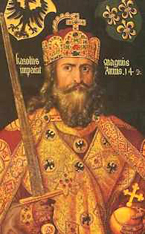
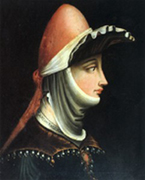
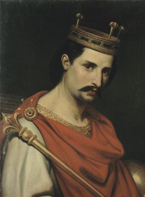
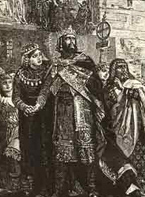







 |
|

English |

Italiano |
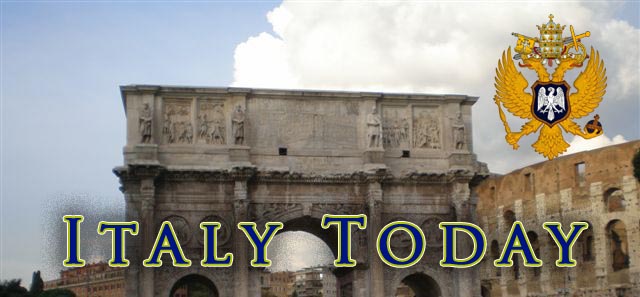
Today Italy is
a vibrant and dynamic country with one of the largest and strongest
economies in the world. The current nation comprises both the land of
the former Imperial Kingdom of Italy and the former Kingdom of Two
Sicilies. Its current functioning government is a republic, which was
founded out of the Savoy Kingdom of Italy by a plebiscite in 1946 in
the aftermath of the Second World War. The role of the Imperial
Kingdom of Italy today is purely historical, without affiliation with
the Italian Republic. It promotes the Christian faith in modern
Italy, the Italian and Frankish traditions of the Holy Roman Empire,
and peace and prosperity for the Italian people.
|
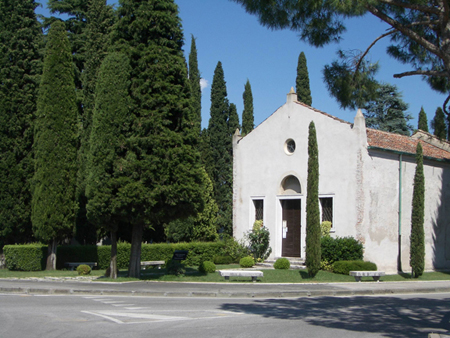 |
ETHNIC COMPOSITION
Italian
constitutes its own ethnic group, but perhaps the terms "the
Italies" would be more accurate. The Italian penisula is not
only made up of the Italic and Roman people so widely associated with
the territory. The genetic history of Italy includes the Etruscans,
from whom Etruria in central Italy takes its name, and the Lombards,
a people from southern Scandinavia that ruled Italy after the Roman
Empire. In the north, there is a Germanic heritage from the Franks
who came with Charlemagne, as well as an ancient Celtic heritage. In
the south, there is an influence from Greeks and Byzantines, as well
as the Normans, who conquered southern Italy from the Lombards and
Muslims in the early 11th century. |
|

Italy also has
a long history of French, Spanish, and English influence. Indeed, the
Holy Roman Empress Matilda, wife of Emperor Henry V, was also a
claimant to the English throne during a period of civil war, creating
a marital union between the thrones of Italy and England. From the
16th century, the English have maintained a lasting relationship with
Italy. English is not only a bridge language between Germanic and
Romance languages, it is believed to be the modern language closest
to the language of Charlemagne — and therefore its use provides
a modern link to Imperial Italy.
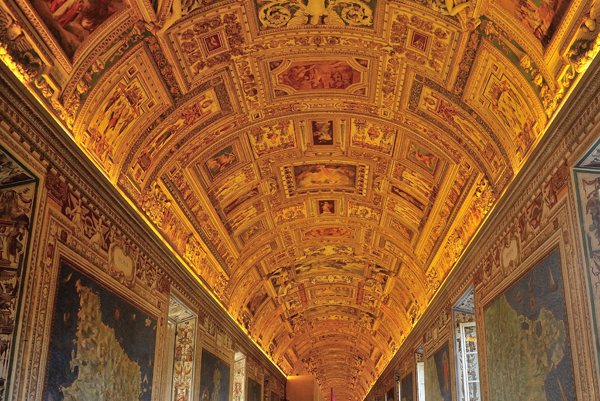
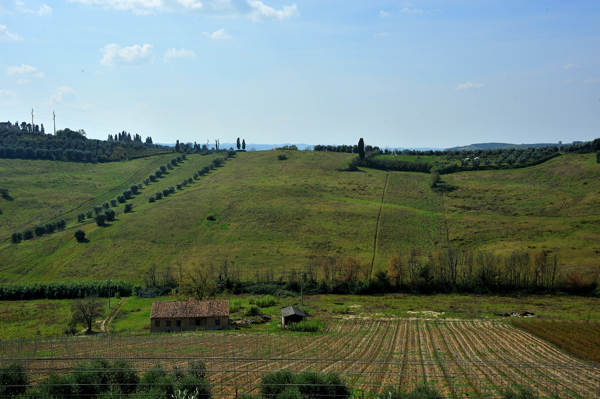
In the north
of Italy, there is French and German influence. The region of Savoy,
in modern-day France, was originally Italian. Yet, it was always
maintained both French and Italian culture. In the southern part of
Italy, not only was there French, Germanic, and Scandinavian
influence from the Normans, there was French influence from the
Houses of Anjou and Bourbon who ruled the territory at various times.
The south also had a Spanish influence from the Spanish House of
Aragon, which ruled Naples, and later when Naples was part of the
Habsburg Spanish Empire.
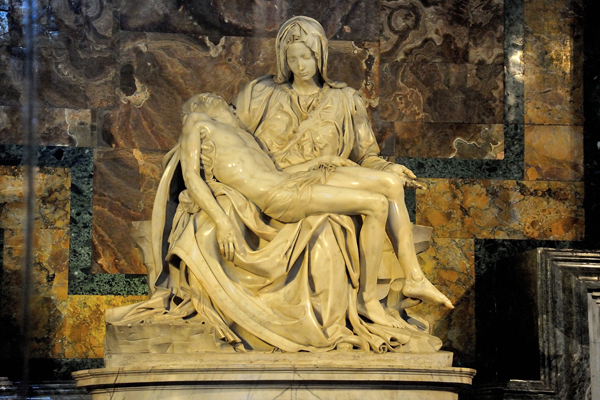
Much like the
Roman Empire before it, and indeed the Holy Roman Empire, Italy of
today is deeply rooted in diverse ancient cultures that combined
together to weave the tapestry of what it means to be Italian.
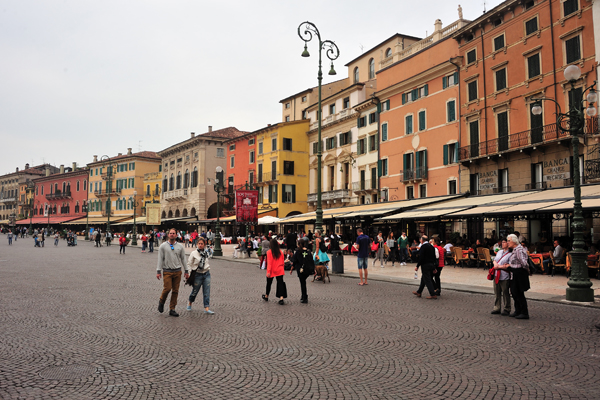 |
|
LANGUAGES
OF ITALY
Italy has many
languages, each of which developed from the vulgate Latin. What is
the common Italian language of today is Fiorentino (Florentine), the
language of Florence and once the primary language of banking,
commerce, and literature. Today there is a growing interest in
learning, speaking, and teaching the historic regional languages.
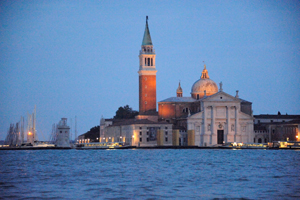
The main
Italian languages include:
Fiorentino
Occitano (the
first language to develop from Latin)
Siciliano
Veneto
Lombardo
Piemontese
Sardo
Emiliano-romagnolo
Ligure
Friulano
Bavarese
Albanese d'Italia
Francese
Gallurese
Sassarese
Sloveno
Francoprovenzale
Gallo-italico
di Sicilia
Catalano algherese
Greco d'Italia
Ladino
Walser
Croato
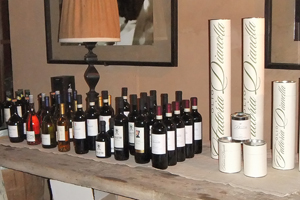
Other
languages that are spoken in Italy that did not originate there, but
have a history with the territory include:
English
(the most
popular, and also the bridge language between Germanic & Romance
Languages; also believed to be the modern language closest to the
language of Charlemagne, and therefore a link to Imperial Italy)
Russian French
Spanish
German
|
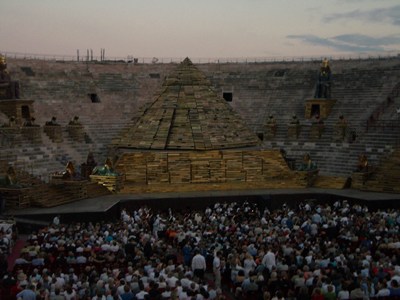
Opera is
still performed in the ancient Roman
amphitheatre
in Verona.
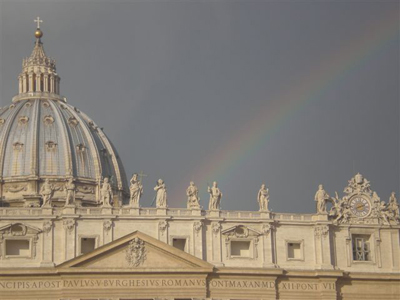
St. Peter's
Basilica, Rome
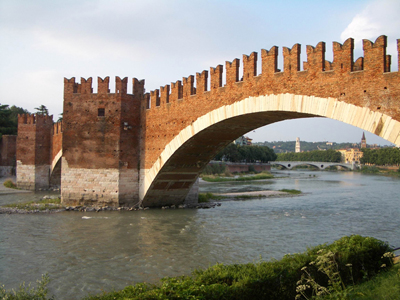
Verona
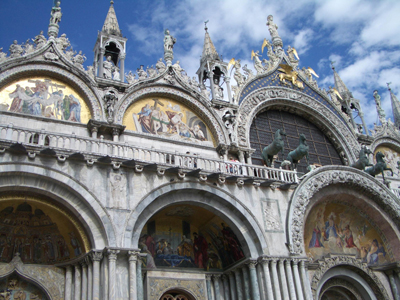
St. Mark's
Basilica, Venice
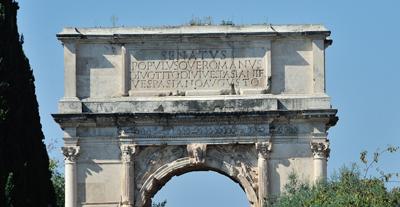
Arch of Titus |
Pontifical Imperial State of Rome-Ruthenia
|

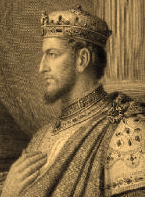
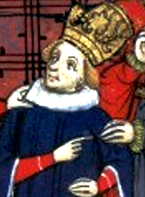
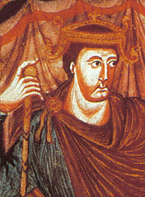







 |





















